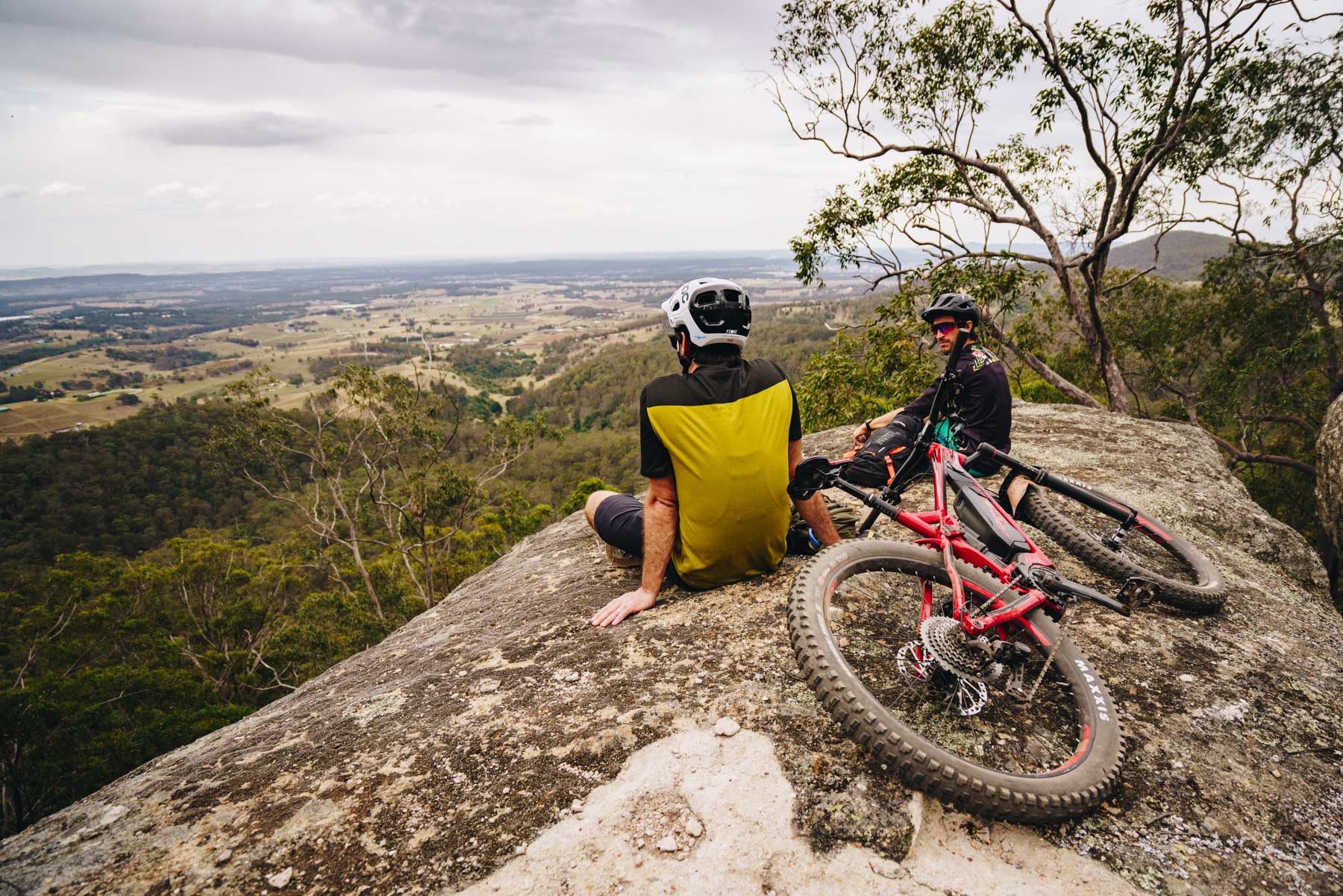
Our Merida eOne Sixty 900 has been getting a good old work out over the past month, and as we get accustomed to the way to rides, we’ve begun to make a few tweaks to get the most out of this playful, well-priced steed. Here are a few thoughts, and a bit more info on what we’ve changed and why.
Short rear end, swings both ways:
The compact geometry of the Merida is one of the things we love best about it – it’s closer to a regular mountain bike than just about any eMTB on the market. While this makes it an easy bike to whip about, it does come at a cost when you’re climbing steep and technical terrain. With the extra power of the motor behind you, it’s easy to find yourself looping out unless your timing is good. If you’re having one of those bad climbing skills days, it can be frustrating.

Narrower rubber:
While most e-bikes come with 2.8″ or even 3.0″ rubber, we’re going smaller, looking for a more precise and direct feel. After spending some time on the Focus SAM2 (watch the video here) and 2019 Specialized Levo (learn more here), which run narrower tyres, we decided to downsize the Merida’s tyres a little, to get a more direct, lively feel. The Continental Der Baron Projekt tyre is fast becoming a favourite of ours, and when we saw it was available in a e-bike friendly 27.5 x 2.6″ format, we nabbed a set.
Check out our First Impressions video too:
Rear suspension:
The RockShox Deluxe rear shock on this bike only offers rebound adjustment externally, so we’ve delved inside in order to get the feel and performance we’re after. We’re looking for more ramp up in the rear suspension, so we can run less air pressure and gain sensitivity, but without blowing through the travel. This calls for adding Bottomless Tokens! When we opened the shock up, we were suprised to find it already had two tokens fitted (we were expecting one or none), and you can only fit three to this particular shock. Anyhow, in went a third. We’ve still got some tweaking to do here we feel. The rear end is better, but we feel there’s more performance there.

New budget-priced brakes:
The XT two-piston brakes have been replaced with a set of Shimano’s new wallet friendly BR-M520 brakes, which are a four-piston stopper. They come in at just $300 for a pair, which is super cheap. Shimano’s lower-priced brakes always seem to work bloody well, so we’ve got high hopes for these.

Slammed the stem:
A lower front end is good for climbing, as well as weighting the front wheel when cornering, especially if the terrain is flatter. The Merida came with a tall cone-shaped headset spacer that left the front end a little tall for our liking, so we ditched it and installed a flat headset top assembly. Then we chopped the steerer tube, just to keep it all looking neat!